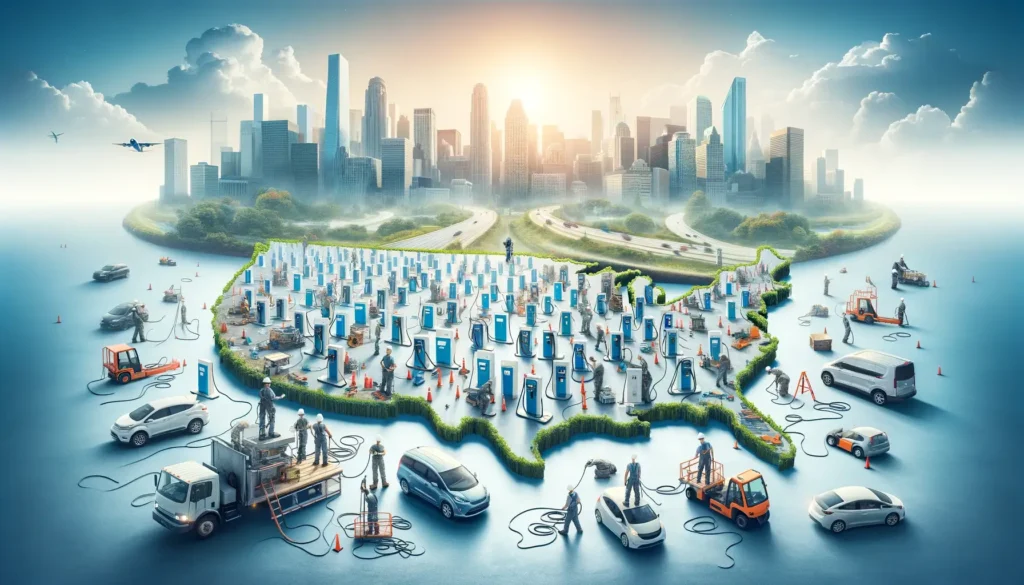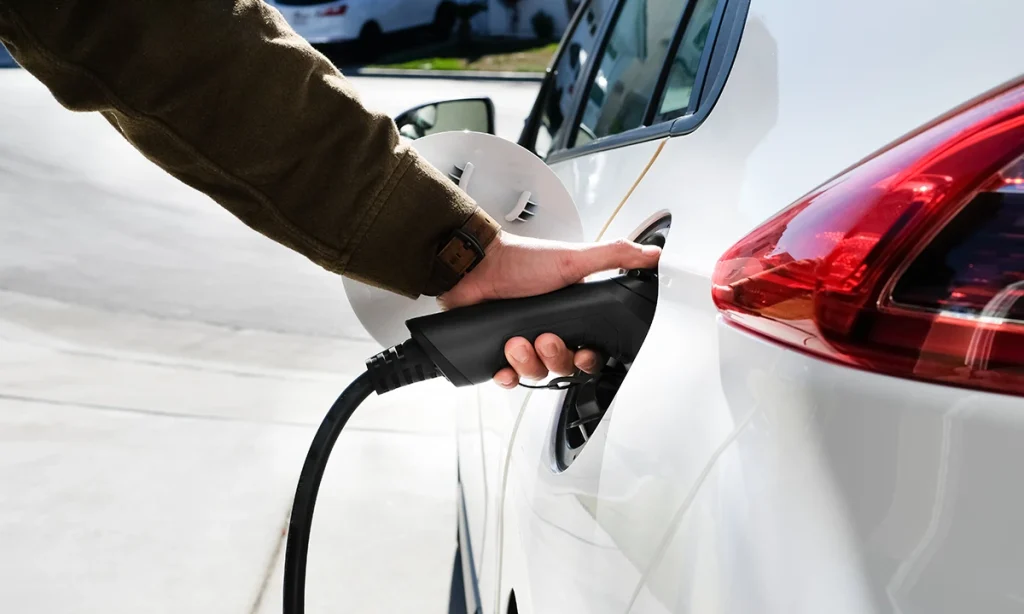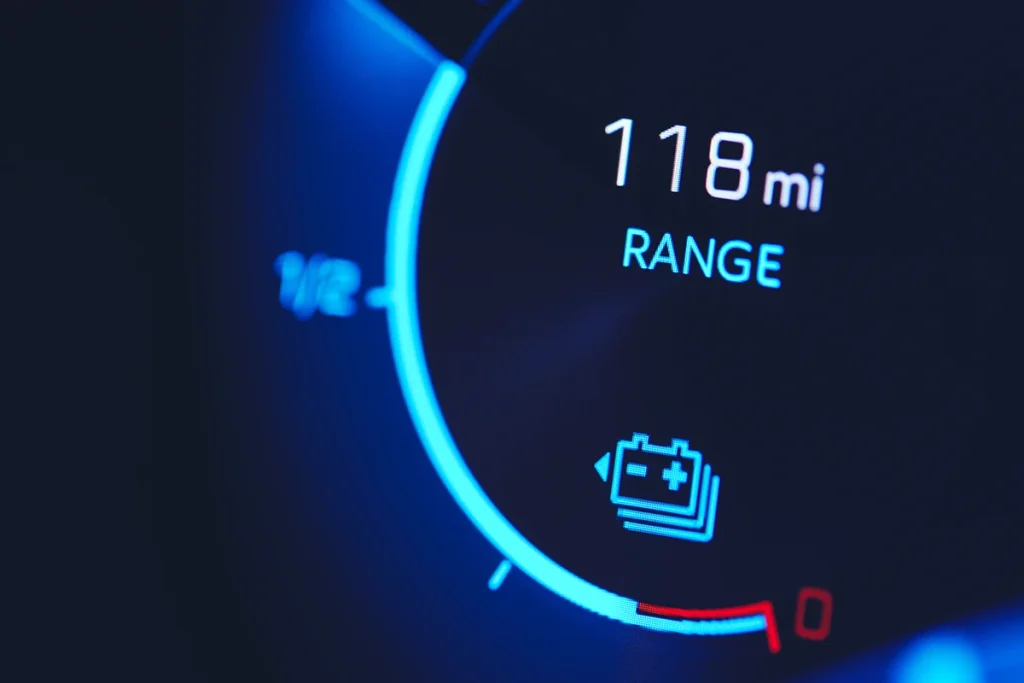A Charged Vision for Cleaner Roads
More than two years ago, the bipartisan infrastructure law allocated billions to establish a national electric vehicle (EV) charging network, aiming to boost the adoption of cleaner cars by mitigating range anxiety. This visionary funding was designed to ensure that drivers could journey longer distances confidently without the worry of running out of power.
Building the Backbone of America’s EV Future
Despite the ambitious vision, a robust federal charging network is still on the horizon, with only Ohio and New York having actual charging stations operational. As of mid-December, a smattering of states has begun laying the groundwork for their stations, aiming for early 2024 completions. In total, 28 states and Puerto Rico are at various stages of rolling out their charging infrastructure, from awarding contracts to initiating bids. The rest are navigating the preliminary phases of construction.
US Goals for EV Charging Stations
The Biden administration, keen on making EVs comprise half of all new car sales by 2030, is tackling range anxiety head-on. With about 80% of Americans citing the lack of charging stations as a major deterrent, the administration is countering with tax incentives and the promise of a sprawling network of high-speed chargers. The goal is to pepper the nation with at least 500,000 public chargers by 2030, though experts suggest over a million might be needed to meet the rising demand.
Milestones and Roadblocks in EV Adoption
The landscape of EV sales is witnessing an unprecedented surge, primarily fueled by the Inflation Reduction Act and a growing societal shift towards sustainable transportation. However, the journey is not without its hurdles. States grapple with the intricacies of rolling out new technology, stringent federal requirements, and the sheer scale of planning involved. The path forward involves not just building chargers but also ensuring they’re compatible with an evolving fleet of electric vehicles.
Charting Progress Across States
Ohio leads the charge with operational chargers, while others like Tennessee are in the throes of planning and bidding. The flexibility federal law offers states means a diverse range of progress and strategies. Some states are forward in the game, while others, especially those with sparse populations or nascent infrastructure, are still in the early stages of planning and execution.
Navigating the Future of Transportation
As the nation inches forward in its ambitious quest for a cleaner, more sustainable transportation ecosystem, the journey reflects a complex interplay of technology, policy, and societal change. The federal government, alongside states and private players, is driving towards a future where electric vehicles are not just a niche luxury but a standard mode of transport, accessible and convenient for all.


